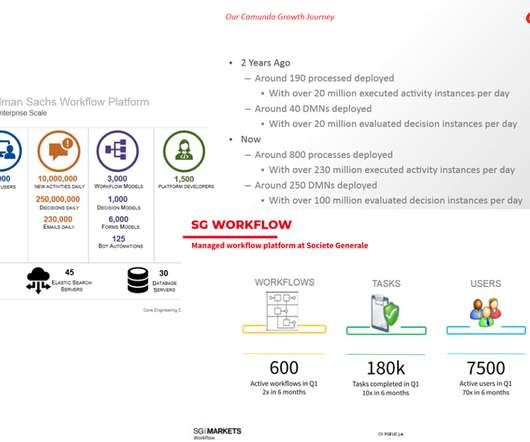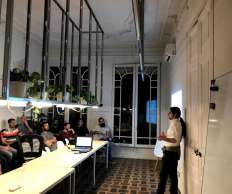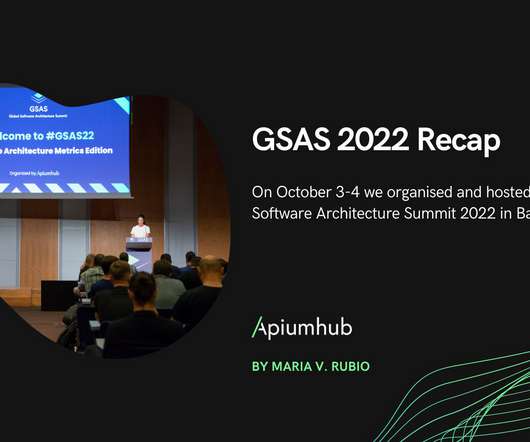3 commandments that should drive every API strategy
CIO
OCTOBER 25, 2023
In the early 2000s, companies like Amazon, eBay, and Salesforce drove a trend toward standardizing interfaces among web applications. Our Lego.com technology platform has been entirely microservices- and API-based for a number of years now and we are now propagating this approach across all of our technology areas.




















Let's personalize your content